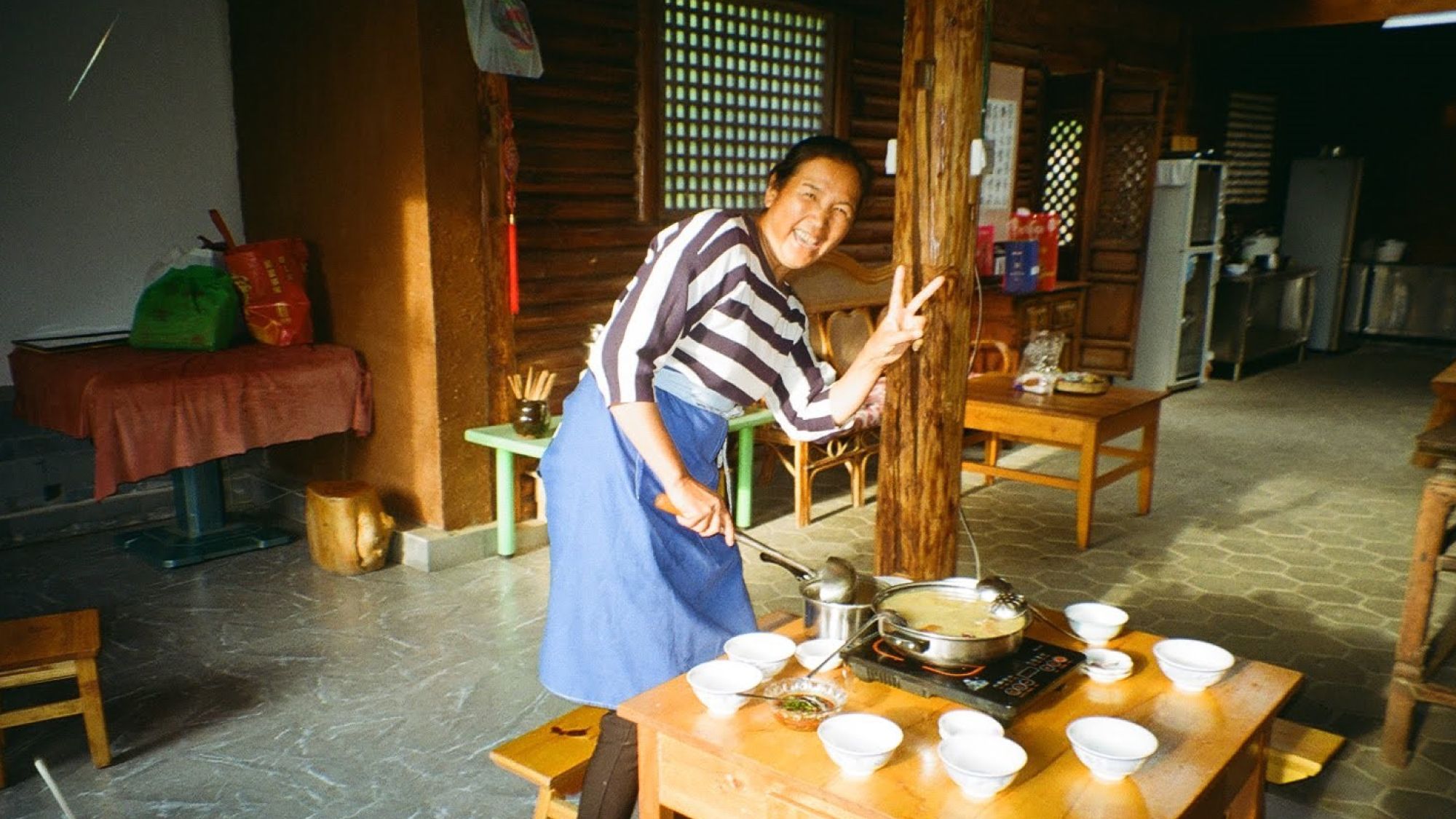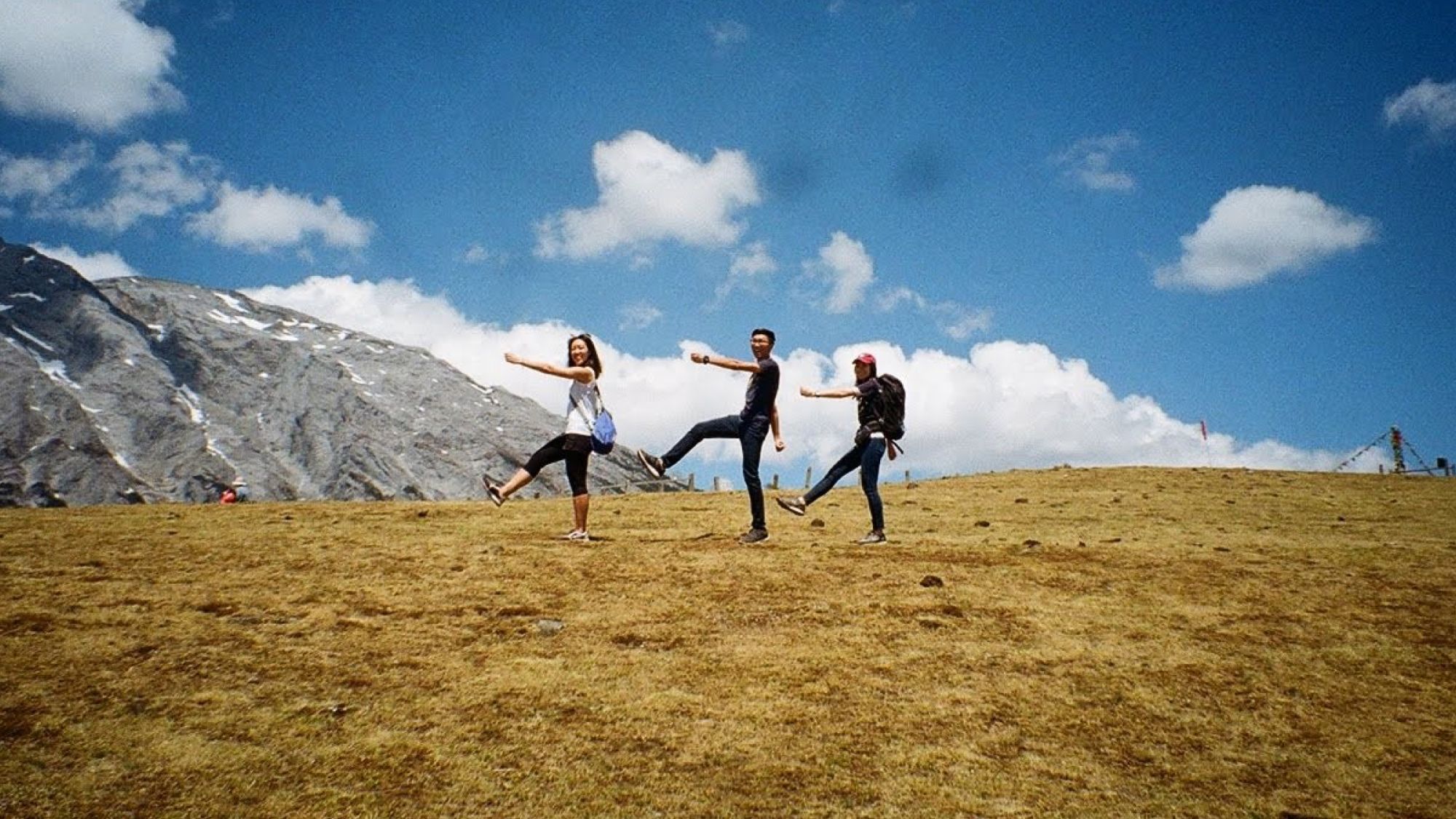Exploring Healthcare and Culture in China’s Southwest
By Yang Xinyi and Liew Xin Hui Sujata
Phase III Medicine students
From April 18 to 29, a team of 15 students from National University of Singapore (NUS) embarked on a Study Trip for Engagement and EnRichment (STEER) to the south western region of China. Led by Dr Tan Lai Yong, the team comprised students from the Yong Loo Lin School of Medicine, Faculty of Dentistry, Faculty of Arts and Social Sciences – NUS Social Work and NUS Global Studies. The team traversed the region between Guangxi to Yunnan and obtained eye-opening exposure to Chinese healthcare, culture and society.
Medicine
Through the partnership between the National University Healthcare System (NUHS) and Guigang City People’s Hospital (GCPH), the NUS team visited the hospital in Guigang city, Guangxi. The hospital had morphed over the course of a decade from a basic healthcare institution to a premier tertiary hospital. Previously a small county hospital, it currently has more than 2,000 beds and has developed technological capabilities to utilise 3D printing in orthopaedic surgery. Being the only tertiary healthcare institution in the city today, GCPH shoulders the Sisyphean task of meeting the healthcare needs of the city’s five million inhabitants.
The two-day attachment at various departments at GCPH gave the Singaporean team opportunities to observe and learn about China’s healthcare system. This allowed students to draw comparisons and contrasts between the healthcare systems of China and Singapore, and recognise the differing aspects of both systems.
What the team has observed in their two days in the city of Guigang is that society can function as a community as well. The large hospital grounds include accommodation for staff, and a shared cafeteria catering. Life was a bit more structured as many staff members live on the hospital grounds. The hospital organises team-building activities for the staff on a regular basis, such as soccer games and sports meets. The staff we had met were rather happy about their work life.
What the team has observed in their two days in the city of Guigang is that society can function as a community as well. The large hospital grounds include accommodation for staff, and a shared cafeteria catering. Life was a bit more structured as many staff members live on the hospital grounds. The hospital organises team-building activities for the staff on a regular basis, such as soccer games and sports meets. The staff we had met were rather happy about their work life.
“China is still developing its primary care sector. There is still a lack of village and community level doctors. Many patients would also rather visit the tertiary hospital for basic care rather than go to their local community doctor. All these problems have caused the city hospitals to be overwhelmed with patients to the extent that patient beds commonly spill over to the corridors. Patients from outside the city actually make up more than those from the city.” said Phase II NUS Medicine student, Melvin Ng.
“While some aspects may be different, the overall structure of patient management remains largely similar in both countries. It made me realise that although we may be educated in different countries and in different languages, the fundamentals of our knowledge is more or less the same,” added Marcus Kwok, also in the second year of his medical studies.
Additionally, the team had the privilege of interviewing Dr Darria Boubacar, a TCM professor in the Traditional Chinese Medicine (TCM) department of Yiliang First People’s Hospital. They found Dr Darria, originally from Mali (Africa), a most interesting person.
Dr Darria’s fluent Mandarin and expertise in TCM has transformed our impression of TCM. He empowered us to realise perspectives and that TCM and Western medicine are founded on very different fundamentals. Just because the workings of TCM cannot be simply explained with western science does not mean that there are no real benefits. As such, it is unfair to the patient to immediately dismiss the possibility of exploring TCM in his management.
People
The Singaporean students were also touched by the warmth of the GCPH’s hospitality.
“We were heartened to find the doctors at GCPH welcoming and nurturing,providing us with many opportunities to learn and patiently explaining their processes and ways of thinking to us. It gave us new insight into the work of surgeons and the medical context in China. As GCPH continues to grow, we can look forward to an even closer collaboration between our two countries.” said Phase II NUS Medicine student Tan Wei Quan.

Madam Gao preparing dinner for the team
Culture
From GuiGang, the students took a 21-hour train ride to Li Jiang, where they were hosted by Madam Gao, a Naxi local woman who converted her 200 year-old traditional wooden home into a bed and breakfast for international student groups on cultural exchange visits. Naxi is the main ethnic group in Li Jiang.
During the homestay, the team enjoyed relaxing evening strolls and experienced the community warmth of the Naxi people. Communal meals of dumplings and hotpot were prepared with the fresh produce grown in Madam Gao’s garden. On one of the evenings, the team chanced upon a cultural dance practice session at a neighbour’s home. Families and generations gathered to watch their children learn the traditional dance form that so eloquently expresses their cultural pride.
“This was an entire community’s effort to pass on their Naxi culture and to bond with one another. It was an enlightening experience for me because I have never
seen something similar before. At that moment, I realised how a culture can be easily lost within one generation should there be no resolution to actively preserve it. While it is regrettable that many Singaporeans have lost a significant part of their cultural identity, it is not too late for us to learn to protect our remaining culture more fervently.” said Fion Tan, a Phase II NUS Medicine student.
Conclusion
As the Chinese saying goes, walking a million miles is better than reading a million books (读万卷书不如行万里路) The students went to China with a narrow perspective of its people, society and culture. However, in 12 days, the team returned with a newfound understanding, appreciation for and interest in the Chinese people and its vast and complex cultural and social landscape.

Photo taken at Yulong Xue Shan, Lijiang
